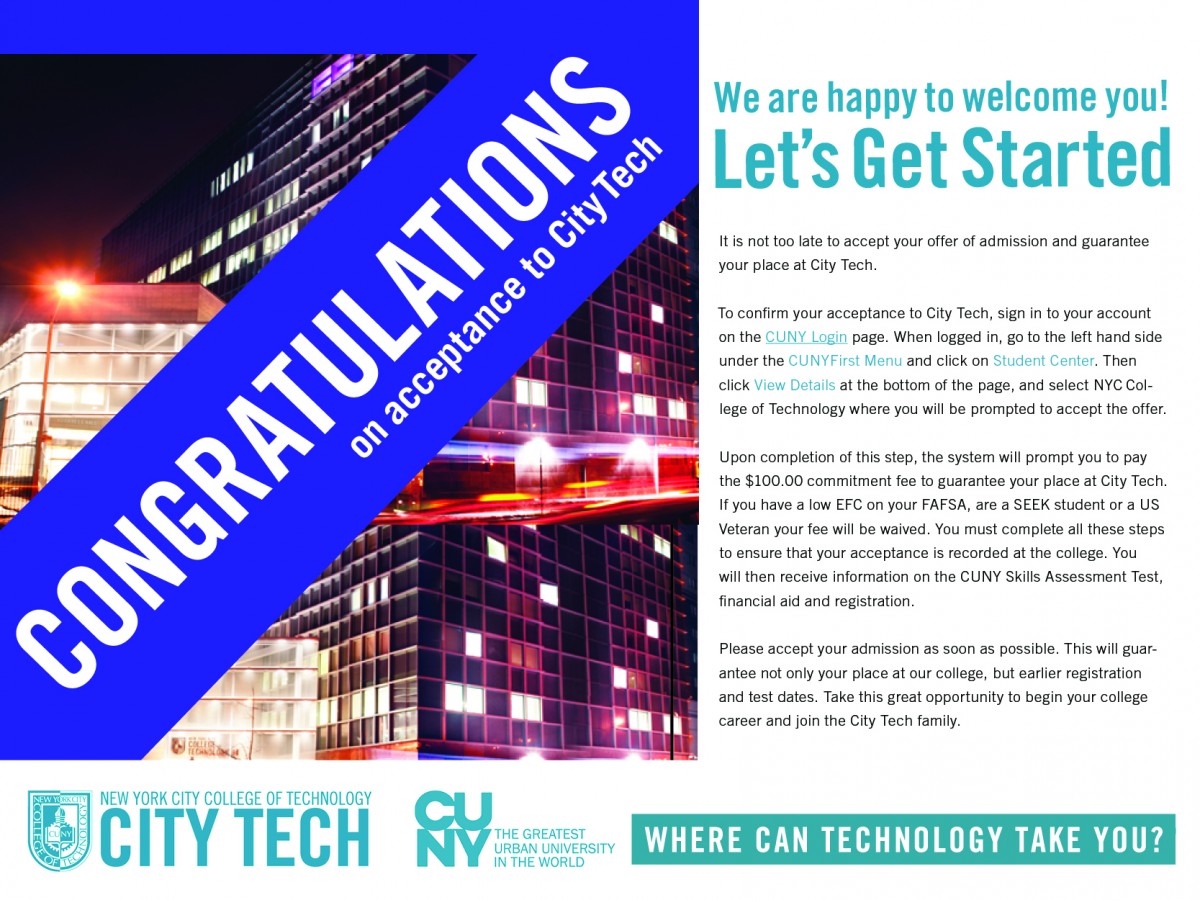Ethics A
Working at this internship, I was instructed to read the Institution’s branding guidebook. I knew that the logo was essential part of the brand because it is used on different channels of communication such as, flyers, posters, ads, brochures, web content, and social media. Consistencies of the usage of the brand assets are important especially when designing collateral material. The guidebook illustrates clear explanation and example on instructions of using the logo/trademark accurately. Clear communication between the audience and institution is an objective that must be met, and all departments, centers, and programs must be aboard because they contribute to the brand. The branding guidebook talks about acceptable copy writing, social media guidelines, and brand assets. When implementing the logo I always used the guidebook for reference to make sure the trademark is being used correctly.
The Office of Image and Visual Communication provided me with photography, so I never had to handle sourcing of images. Some of the photography was scenery of institution, students, and professors. I was thankful for the imagery because sometime I used them as a design element for posters and flyers. Because the office who oversees the institution branding identity determined that the imagery met branding standard, I always felt confident that I was producing content that did not violate ethical guidelines.
https://www.aiga.org/design-business-and-ethics
Ethics B
I was never given a non-disclosure or confidentiality agreement to sign. I only spoke about the projects that were assigned to me with my peers from my internship class. I wanted to have the highest ethical standards by keeping the projects and information of the institution business confidential. Through meetings with my supervisor, we discuss how the department could improve on attracting more students to apply by digital marketing. This would serves as a huge outlet for communication with their target audience.
AIGA Busines_Ethics 47556721-Client-s-guide-to-design-1-1-MB.pdf
https://www.scribd.com/document/91894008/Non-Disclosure-Agreement







